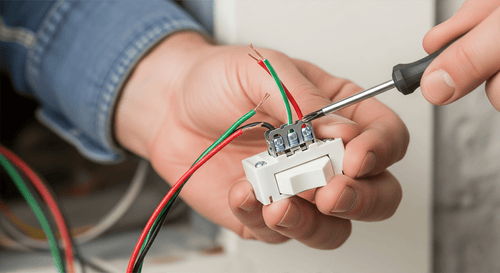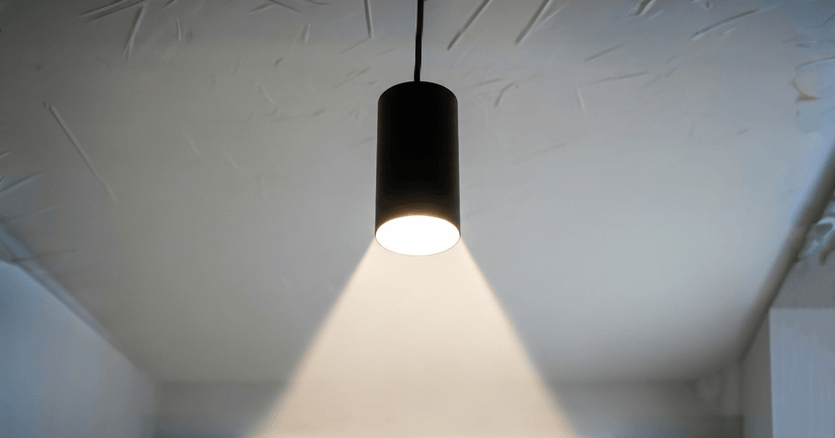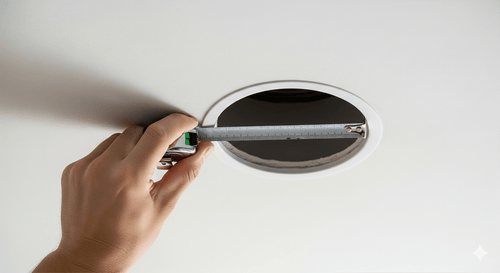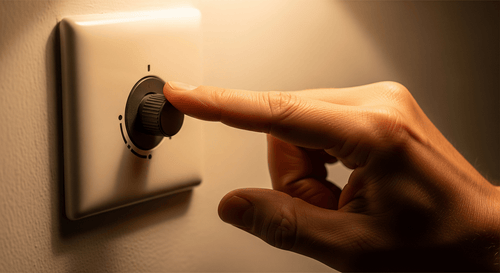
How to connect a lamp to a switch?
Hang and connect a lamp yourself with our safe step-by-step guide and clear wire color explanation. Avoid short circuits and enjoy your new lamp quickly!

The beam angle is simply a measurement, in degrees (°), of how light spreads out from a bulb. It determines the size of the cone of light that the fixture produces.
The easiest way to think about it is like the nozzle on a flashlight or a shower head. You can adjust a flashlight to produce a very narrow, intense beam to see something far away, or a very wide, soft light to see your immediate surroundings. The amount of light is the same, but the *effect* is totally different.
In lighting, it boils down to this simple rule:
Choosing the right beam angle is all about deciding what you want your light to *do*. Do you want to draw attention to something, or do you want to light up a whole area?
The effect: A tight, focused beam that creates high contrast and sharp shadows. It’s designed to make things stand out.
Best for: Highlighting a piece of art on the wall, a sculpture in a corner, or an architectural feature like a textured brick wall. It's also great for rooms with very high ceilings, as the focused beam ensures the light is still strong when it reaches the floor.
The effect: A perfect middle ground. It provides a defined area of light that is still soft enough for general use. This is the most common and versatile choice.
Best for: General lighting in most rooms with standard ceiling heights, like living rooms and kitchens. Multiple spotlights with this angle will create overlapping cones of light that illuminate the space evenly without creating harsh spots or dark patches.
The effect: A very broad, soft wash of light with gentle shadows. It’s designed to cover as much area as possible.
Best for: Rooms with lower ceilings, where you need the light to spread out quickly. It's also great for utility areas like laundry rooms, garages, or basements where you just want maximum, even coverage.

A great rule of thumb is to consider your ceiling height.
So, there you have it. Beam angle is your secret weapon for controlling the style and atmosphere of your room. It's just as important as the brightness (lumens) and colour (kelvin) of your light.
The next time you're choosing spotlights, you can ask yourself the simple question: am I creating a focused 'spot' to highlight something beautiful, or a wide 'flood' to light up a whole space? Answering that will lead you to the perfect beam angle every time.
If you need help choosing the right spotlight for your project, the experts at Fixerio are always ready to help you create the perfect effect.

Hang and connect a lamp yourself with our safe step-by-step guide and clear wire color explanation. Avoid short circuits and enjoy your new lamp quickly!

Our simple guide shows you how to find the right cutout size, use the right tools, and what to do if you make a mistake.

We explain the simple difference between leading and trailing edge dimmers and help you choose the right one.